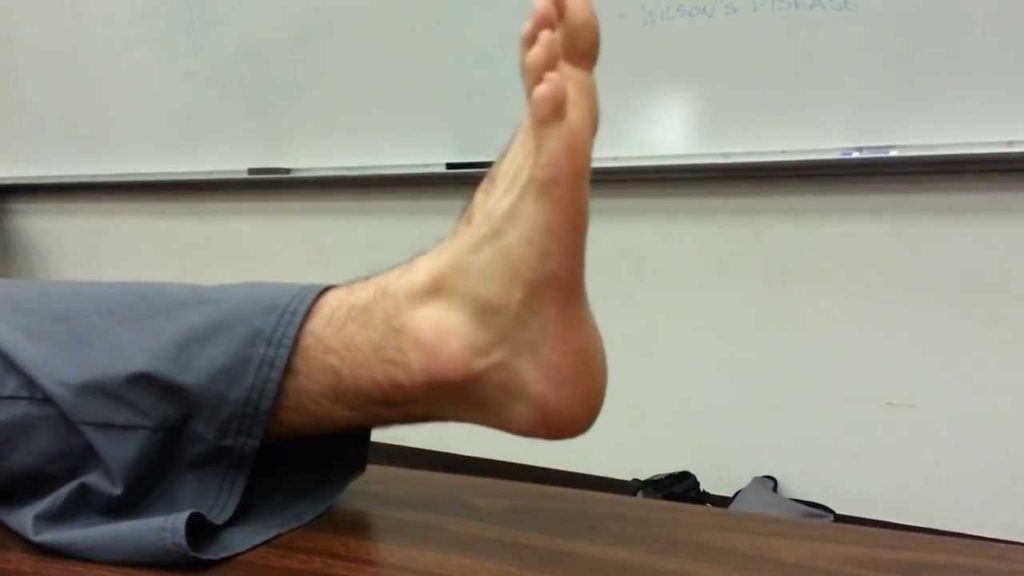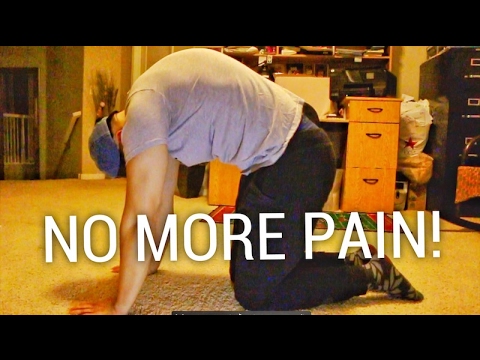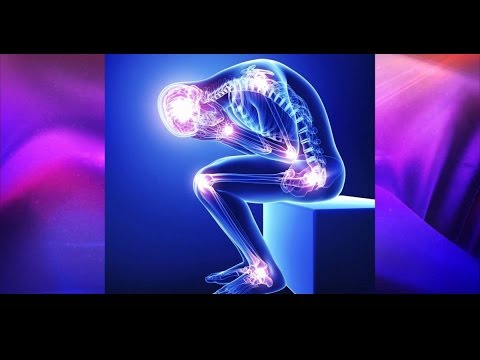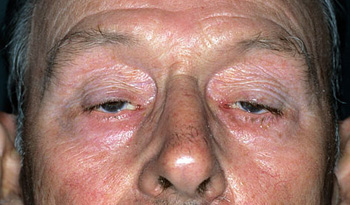Hypotonia is the medical term for decreased muscle tone.
Healthy muscles are never fully relaxed. They retain a certain amount of tension and stiffness (muscle tone) that can be felt as resistance to movement.
For example, a person relies on the tone in their back and neck muscles to maintain their position when standing or sitting up. Muscle tone decreases during sleep, so if you fall asleep sitting up, you may wake up with your head flopped forward.
Hypotonia isn’t the same as muscle weakness, although it can be difficult to use the affected muscles. In some conditions, muscle weakness sometimes develops in association with hypotonia.
It is most commonly detected in babies soon after birth or at a very young age, although it can also develop later in life.
Signs of hypotonia
Hypotonia present at birth is often noticeable by the time a child is six months old, if not before. Newborn babies and young children with severe hypotonia are often described as being “floppy”.
Signs of hypotonia in a child include:
- having little or no control of their neck muscles, so their head tends to flop
- feeling limp when held, as though they could easily slip through your hands
- being unable to place any weight on their leg or shoulder muscles
- their arms and legs hang straight down from their sides, rather than bending at their elbows, hips and knees
- finding sucking and swallowing difficult
- a weak cry or quiet voice in infants and young children
A child with hypotonia often takes longer to reach motor developmental milestones, such as sitting up, crawling, walking, talking and feeding themselves.
An adult with hypotonia may have the following problems:
- clumsiness and falling frequently
- difficulty getting up from a lying or sitting position
- an unusually high degree of flexibility in the hips, elbows and knees
- difficulty reaching for or lifting objects (in cases where there’s also muscle weakness)
What causes hypotonia?
Hypotonia is a symptom rather than a condition. It can be caused by a number of different underlying health problems, many of which are inherited.
Hypotonia can also sometimes occur in cerebral palsy, where a number of neurological (brain-related) problems affect a child’s movement and co-ordination, and after serious infections, such as meningitis.
In some cases, babies born prematurely (before the 37th week of pregnancy) have hypotonia because their muscle tone isn’t fully developed by the time they’re born. However, provided there are no other underlying problems, this should gradually improve as the baby develops and gets older.
Read more about the causes of hypotonia.
Diagnosing hypotonia
If your child is identified as having hypotonia, they should be referred to a specialist healthcare professional, who will try to identify the cause. The specialist will ask about your family history, pregnancy and delivery, and whether any problems have occurred since birth.
A number of tests may also be recommended, including blood tests, a computerised tomography (CT) scan, or a magnetic resonance imaging (MRI) scan.
Read more about how hypotonia is diagnosed.
Treating hypotonia
Depending on the cause, hypotonia can improve, stay the same or get worse over time.
Babies with hypotonia that results from being born prematurely will usually improve as they get older. Babies with hypotonia caused by an infection or another condition will usually improve if the underlying condition is treated successfully.
Unfortunately, it’s often not possible to cure the underlying cause of hypotonia. Hypotonia that has been inherited will persist throughout a person’s life, although the child’s motor development may steadily improve over time in cases that are non-progressive (don’t get worse).
Treatment can also help improve functions such as mobility and speech. In these cases, treatment may involve physiotherapy, occupational therapy, and speech and language therapy.




